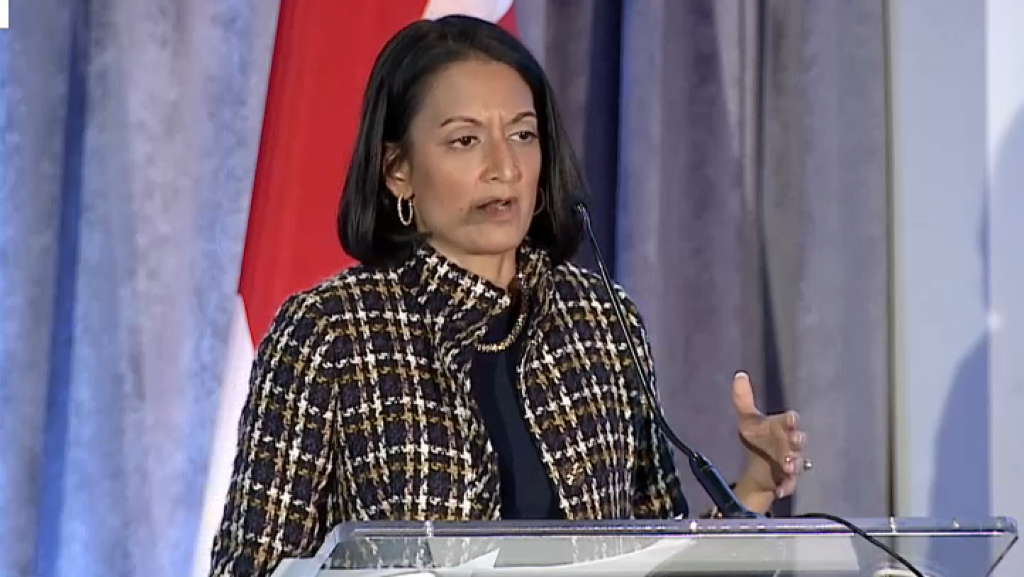USTelecom Urges Flexible Utility Pole Timelines Ahead of BEAD
The trade group called for negotiable make-ready timelines to address challenges beyond pole owners' control.
Jericho Casper

WASHINGTON, August 12, 2024 – As the federal government advances a multibillion-dollar initiative to expand broadband access, industry stakeholders have identified potential bottlenecks in preparing utility poles for the installation of new high-speed internet equipment.
USTelecom, led by Nirali Patel, senior vice president of policy and advocacy, recently engaged with the Federal Communications Commission to address the complexities involved in making utility poles "ready" for network deployment as part of the $42.5 billion Broadband, Equity, Access, and Deployment program.
In talks with the FCC’s Wireline Competition Bureau, USTelecom representatives argued against a one-size-fits-all approach to make-ready timelines, particularly for large-scale projects involving more than 3,000 poles. They emphasized the need for flexibility to account for the unique challenges each project may encounter.
In a recent filing at the FCC, USTelecom highlighted several factors, many of which were beyond the control of pole owners, that can complicate the timeline for pole attachments. These included local permitting delays, the complexity of the required work, and external challenges related to emergency weather events, or labor and material shortages.
USTelecom’s position, reflecting the perspectives of its diverse membership that includes both pole owners and internet service providers, contrasted with that of the NCTA—The Internet & Television Association, and other industry groups.
Last week, NCTA, alongside major ISPs, proposed that the FCC expand an existing 45-day make-ready timeframe—originally set for pole orders of up to 3,000 poles—to be required of orders involving up to 6,000 poles.
USTelecom’s members emphasized that any timeline for large orders must consider the unpredictable and unavoidable operational issues that can delay deployment. Ignoring these factors, they warn, could undermine the FCC’s goal of accelerating broadband access across the nation.
USTelecom’s position responded to the FCC’s December pole ruling, which established specific timelines to expedite the make-ready process ahead of the BEAD program.
The ruling set a 45-day timeframe for utilities to provide easement information for large pole orders involving 300 to 3,000 attachment requests, and a 30-day deadline for smaller orders.
The order did not specify a make-ready timeframe for attachment requests exceeding 3,000 poles, instead requiring utilities to "negotiate the timing of the make-ready in good faith."










Member discussion